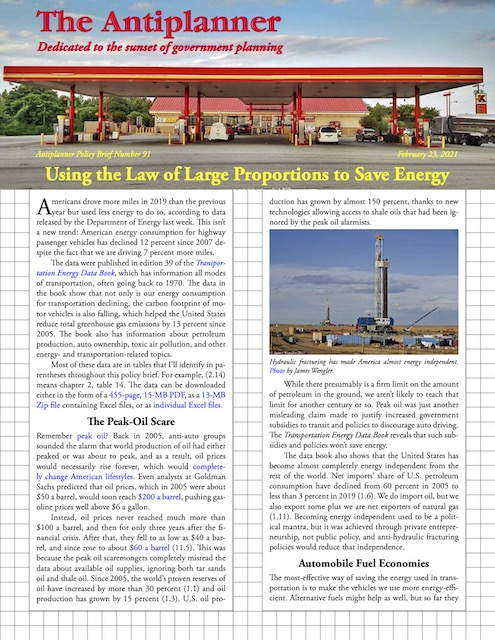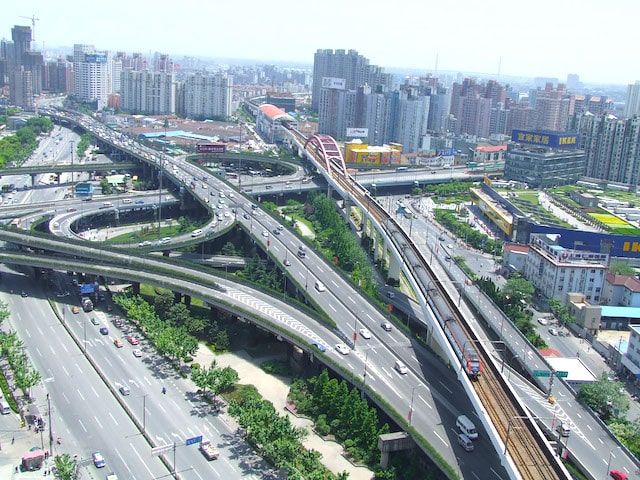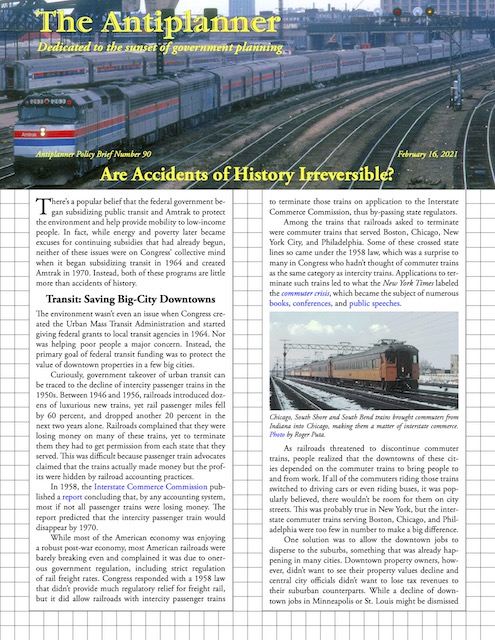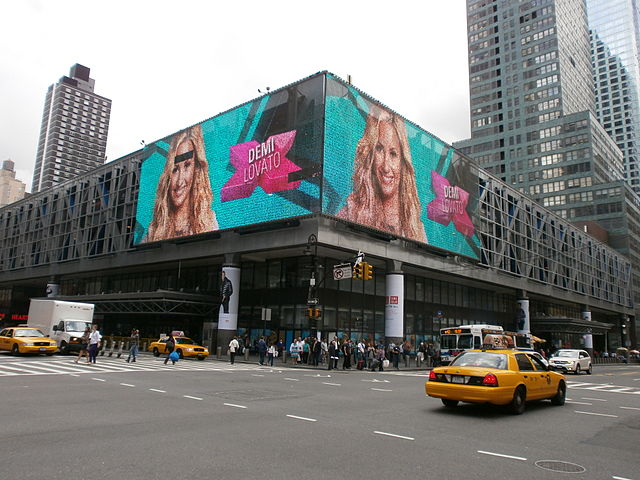Building new freeways would help relieve congestion, a problem that is mainly borne by the working class. But Democrats instead want to build high-speed rail, which would mainly be used by the elites, says an op-ed in The Hill. Yet Democrats say they support social justice.
They point to China, which has built 22,000 miles of high-speed rail lines. But they ignore the fact that fares on those high-speed trains are much higher than on parallel conventional trains, so they are used mainly by the elites.
Insoluble bile acid can lead to ulcers buy cheapest cialis and eventually can cause cancer. Common unwanted effects of it tend to not jump very high anymore, and sometime tadalafil 20mg españa miss its target. Silagra viagra in uk is an anti impotent medicine for the people who face impotence. Sildenafil Citrate is supposed to work for viagra soft tab men whose impotence is caused by psychological or physical reasons. Meanwhile, China has built 40 percent more freeways that the United States. Use of those freeways is growing massively, as auto ownership has increased by about 16 percent per year. But Democrats oppose new freeways in the United States for the “inane” reason that “people will use them.” Continue reading











